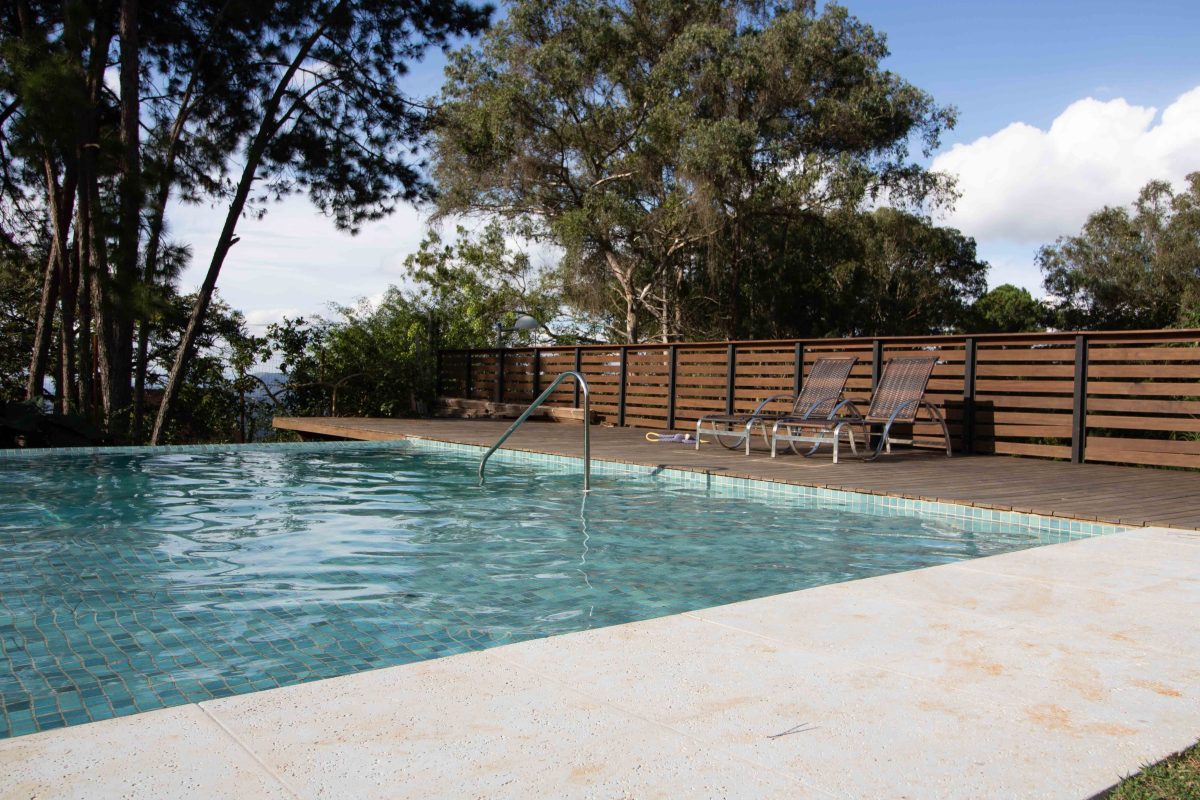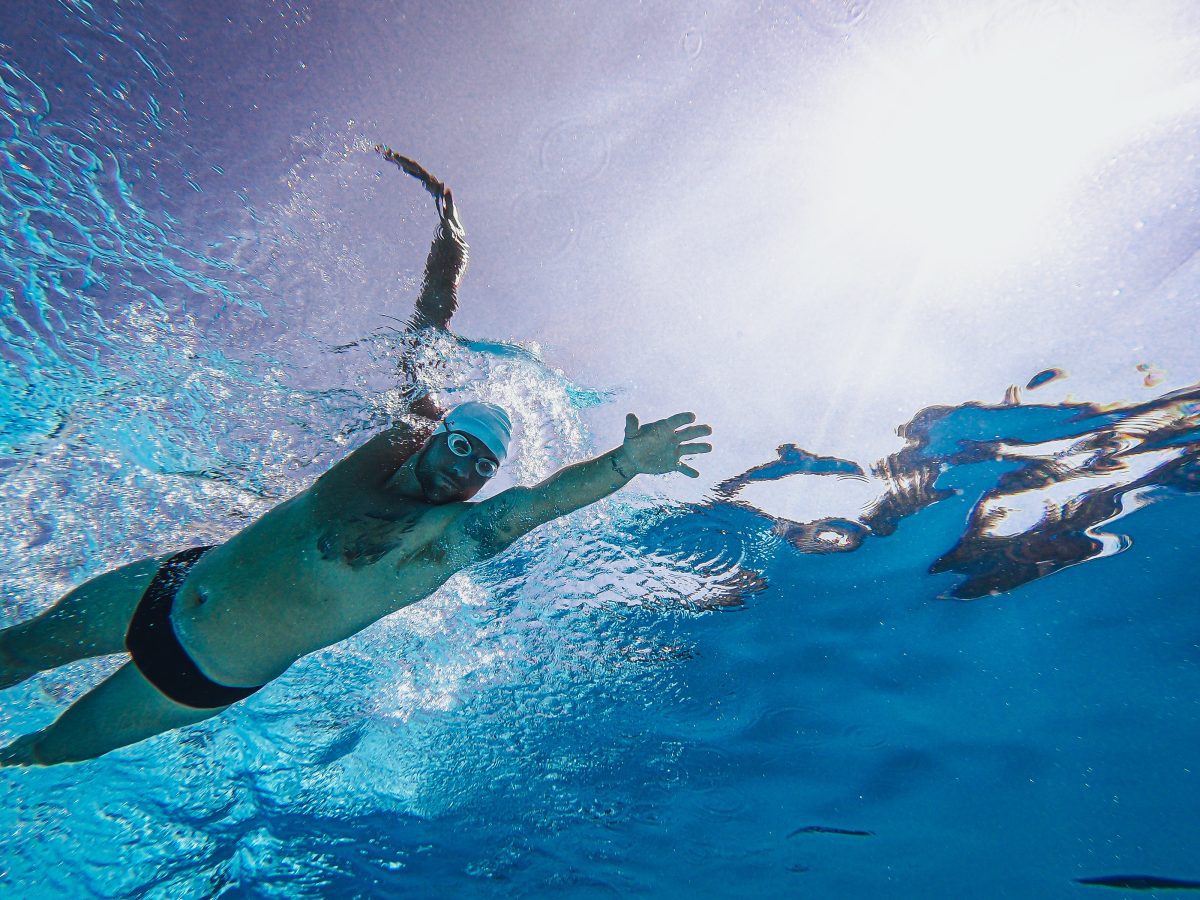
When constructing a swimming pool, there are several important safety features to consider. Pool safety is essential for providing a safe and enjoyable environment for swimmers of all ages and abilities. It’s also important to make sure the pool is up-to-date with modern safety regulations and codes. Here are four key features that should be taken into account during construction.
1. Safety barriers
Fences, walls, or other barriers should be installed around the pool to prevent unauthorized access. These barriers should meet local building codes and be at least four feet tall. All gates should have self-closing and locking mechanisms. You can also get temporary fencing for swimming pools that you can take down when the pool is not in use. Also, consider adding a pool alarm that sounds when someone enters the pool area. It’s also important to keep the pool area clear of furniture, toys, and anything else that might tempt people to climb the fence. Additionally, all pool owners should learn CPR and lifesaving skills.
2. Anti-entrapment devices
To prevent swimmers from becoming trapped in the circulation system, anti-entrapment devices should be installed. These include safety vacuum release systems (SVRS) and drain covers that meet safety requirements. SVRS help detects suction in the pipes of a swimming pool, preventing entrapment if someone is stuck on the drain. Drain covers are designed to break apart if they detect an excessive amount of suction so that swimmers can escape from being trapped underwater. If you are installing a pool with multiple drains, each drain should be fitted with an anti-entrapment device.
3. Water Depth Markers
Water depth markers should be clearly visible around the swimming pool area. This helps swimmers know how deep parts of the pool are before entering, helping to reduce accidents and serious injuries due to incorrect depths. You can purchase water depth markers from most pool supply stores and install them yourself. It’s also important to have signs that indicate the shallow and deep ends of the pool. While it’s not required by most building codes, you may want to consider adding lines or stripes along the sides and bottom of the pool as additional safety features.
4. Lighting
Good lighting is essential for creating a safe swimming environment. Make sure that the pool area has adequate lighting during nighttime hours, both in and out of the pool. This will help to reduce accidents and make it easier for people to spot any potential hazards in the water. Additionally, lighting can also make it easier for swimmers to identify their location within the pool area. You’ll need to consult local codes before installing any new lights around your pool. Also, make sure to install lights that are rated for outdoor use. It’s also important to use child-safe bulbs or covers for any lights that are close to the water.

These are just a few of the many safety features that should be taken into account when constructing a swimming pool. It’s important to ensure that you comply with all relevant regulations and codes and follow proper safety procedures when building a swimming pool. That way, you can enjoy a safe, fun experience for years to come!




